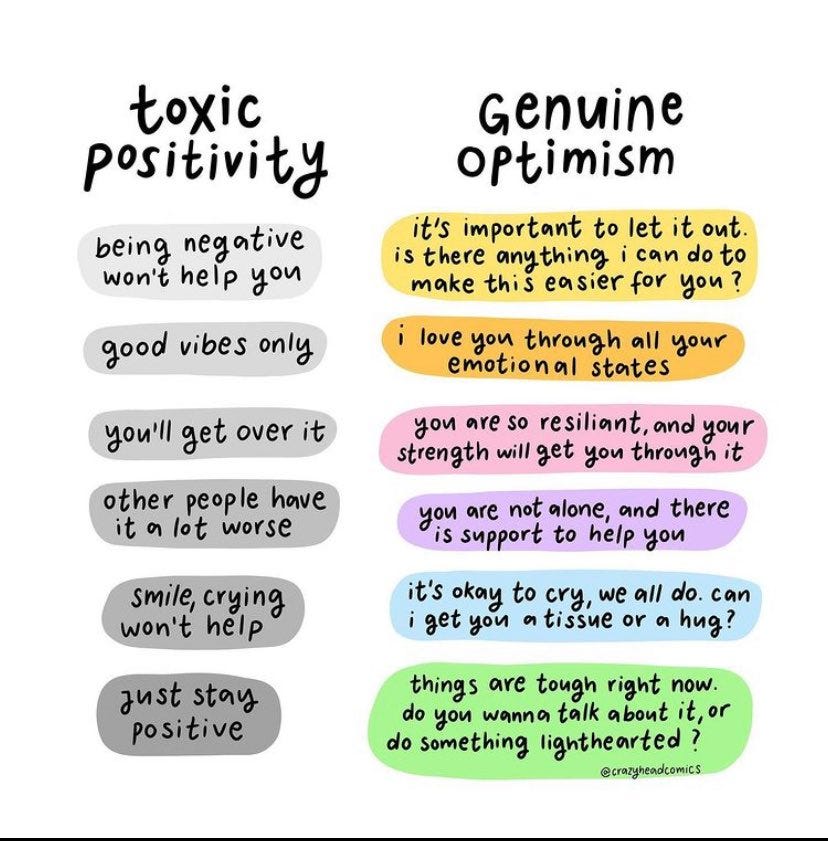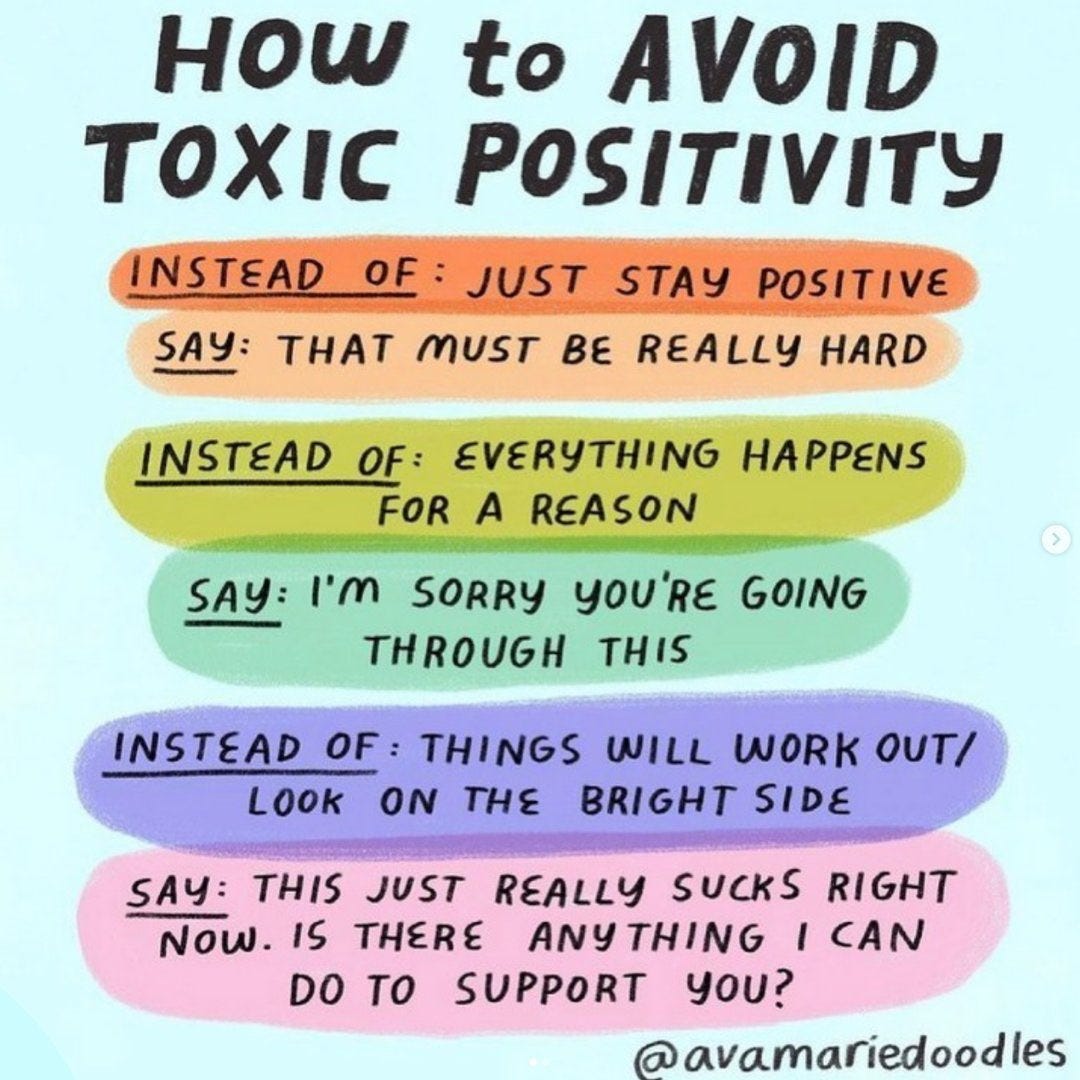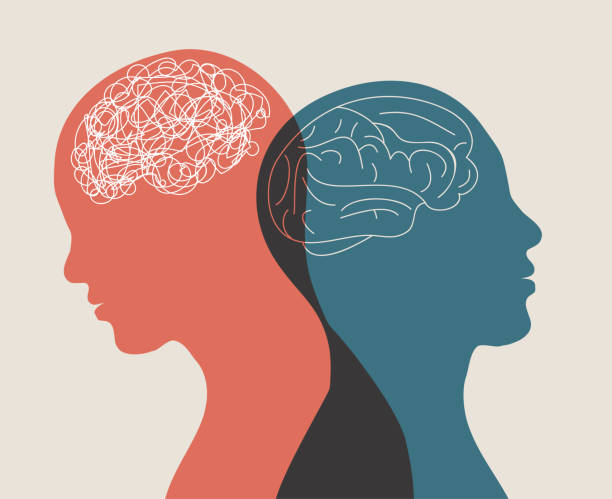Introduction
Positivity is generally hailed as a virtue, a mindset that fosters resilience, attracts success, and improves mental health. However, in recent years, psychologists and social commentators have raised concerns about the overemphasis on positivity, especially in emotionally challenging situations. This cultural obsession with “staying positive” can silence genuine emotional experiences and invalidate the struggles of individuals. This phenomenon is now recognized as toxic positivity, the belief that one should maintain a positive mindset regardless of how dire or painful a situation may be.
Read More- Toxic Positivity and Social Media
What is Toxic Positivity
Toxic positivity refers to the excessive and ineffective overgeneralization of a happy, optimistic state across all situations. The core idea is that positivity, taken to an extreme, can become harmful. Instead of promoting well-being, it pressures individuals to suppress negative emotions, often leading to increased psychological distress (Quintero & Long, 2019).

Common Forms of Toxic Positivity
- Telling someone to “just stay positive” during grief or loss.
- Minimizing others’ feelings with phrases like “it could be worse.”
- Posting relentlessly cheerful messages on social media, even during personal hardship.
These seemingly benign statements can lead individuals to feel ashamed of their emotions, fostering isolation rather than connection.
Origins and Cultural Roots
In many Western cultures, especially in the United States, there is a strong cultural emphasis on individualism, success, and emotional control. The “positive thinking” movement, popularized by books like The Power of Positive Thinking (Peale, 1952) and The Secret (Byrne, 2006), promotes the idea that positive thoughts attract success, health, and happiness. While there are benefits to an optimistic outlook, the oversimplification of emotional wellness has led to a cultural intolerance for negativity.
Moreover, social media platforms have amplified this dynamic. The pressure to present a curated, upbeat version of life reinforces the idea that happiness is a moral obligation.
Psychological Consequences
Some of the psychological consequences include-
1. Emotional Suppression
Suppressing emotions can have physiological and psychological consequences. Research shows that emotional suppression increases stress and impairs memory and cognitive functioning (Gross & Levenson, 1997). Over time, individuals who consistently deny or invalidate their emotions may become more prone to anxiety, depression, and burnout.
2. Inauthenticity in Relationships
When individuals feel they cannot express authentic emotions, even to close friends or family, relational intimacy suffers. Authentic connection depends on emotional vulnerability, not perpetual happiness (Brown, 2012).
3. Stigmatizing Mental Health Struggles
Toxic positivity can make people feel that struggling is a personal failure. If society values only positive emotions, then those who are anxious, depressed, or grieving may feel ashamed or inadequate. This leads to reluctance to seek help and worsens outcomes.
Toxic Positivity in Specific Contexts
Some of the ways that toxic positivity manifests includes-
1. In the Workplace
Modern corporate culture often encourages “positive vibes only” environments. While intended to boost morale, this can lead employees to hide burnout, stress, or dissatisfaction. A 2020 study found that forced positivity in work settings can lead to emotional dissonance and reduce job satisfaction (Grandey & Gabriel, 2015).
2. During Grief and Trauma
Telling a grieving person to “focus on the good times” or “look on the bright side” invalidates their pain. Psychologist Susan David refers to this as “emotional tyranny,” warning that denying emotions leads to psychological rigidity and impairs healing (David, 2016).
3. On Social Media
Platforms like Instagram and TikTok perpetuate highlight reels that prioritize success and happiness. A study by Reinecke & Trepte (2014) found that passive consumption of others’ curated content can lead to increased feelings of inadequacy and loneliness.
Moving Toward Emotional Authenticity
Some of the ways that we can move towards emotional authenticity include-

1. Normalize Negative Emotions
Anger, sadness, fear, and grief are natural responses to life’s challenges. Teaching emotional literacy in schools and workplaces can help people recognize and name their feelings rather than avoid them.
2. Create Safe Spaces for Vulnerability
Whether in families, teams, or friendships, cultivating spaces where people can be honest about their struggles encourages deeper connection and mutual support.
3. Language Matters
Instead of saying “look on the bright side,” try:
- “That sounds really hard. I’m here for you.”
- “Your feelings make sense.”
- “Do you want to talk about it, or just need someone to sit with you?”
Empathetic language validates rather than dismisses.
Conclusion
Positivity has its place. But when it becomes a tool to deny, suppress, or bypass emotional reality, it turns toxic. True emotional health is built not on relentless optimism, but on emotional honesty, empathy, and the courage to sit with discomfort. As we move toward more inclusive and emotionally intelligent communities, embracing the full spectrum of human emotion—including the messy, difficult parts—must become part of the conversation.
References
Brown, B. (2012). Daring Greatly: How the Courage to Be Vulnerable Transforms the Way We Live, Love, Parent, and Lead. Gotham Books.
Byrne, R. (2006). The Secret. Atria Books.
David, S. (2016). Emotional Agility: Get Unstuck, Embrace Change, and Thrive in Work and Life. Avery.
Grandey, A. A., & Gabriel, A. S. (2015). Emotional labor at a crossroads: Where do we go from here? Annual Review of Organizational Psychology and Organizational Behavior, 2, 323–349.
Gross, J. J., & Levenson, R. W. (1997). Hiding feelings: The acute effects of inhibiting negative and positive emotion. Journal of Abnormal Psychology, 106(1), 95–103.
Peale, N. V. (1952). The Power of Positive Thinking. Prentice Hall.
Quintero, M., & Long, J. (2019). Toxic positivity: The dark side of the positive psychology movement. Psychology Today.
Reinecke, L., & Trepte, S. (2014). Authenticity and well-being on social network sites: A two-wave longitudinal study on the effects of online authenticity and the positivity bias in SNS communication. Computers in Human Behavior, 30, 95–102.
Subscribe to PsychUniverse
Get the latest updates and insights.
Join 2,973 other subscribers!
Niwlikar, B. A. (2025, June 25). Psychological Consequences of Toxic Positivity and 3 Important Ways to Develop Emotional Authenticity. PsychUniverse. https://psychuniverse.com/psychological-consequences-of-toxic-positivity/



